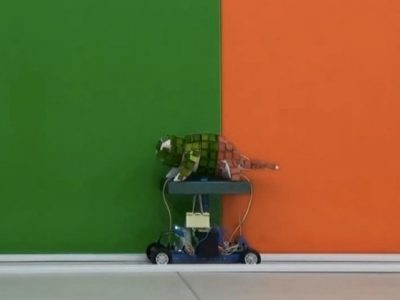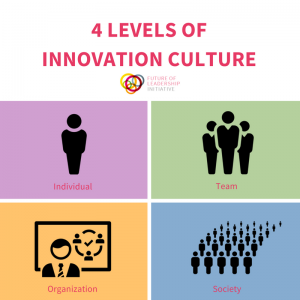Like dreamstorming (see our article How to be more creative in an unusual yet simple way), biomimicry is an unusual source of inspiration and approach to innovation. Biomimicry, or biomimetics, is a technique where humans imitate the Nature in order to solve complex challenges and problems –planes were modelled based on birds for instance. Today, it is used by many in order to build powerful and sustainable innovations. Indeed, the nature is very resourceful, and we can only learn from it. As Idriss Aberkane, a neuroscientist we interviewed for our Future of Leadership Initiative, puts it:
Nature is a library. We should read its books instead of destroying it!


What can we learn from a spider, a chameleon and a sponge?
Currently, biotech start-ups, universities and research labs relying on biomimicry are emerging all over the world, and develop a lot of truly inspiring solutions based on the resources of Mother Nature. Biomimicry is becoming mainstream in companies too. According to Fermanian Business & Economic Institute, biomimicry could represent $300 billion of the annual U.S. GDP, account for 1.6 million U.S. jobs and represent $1 trillion of global GDP by 2025.
The applications are endless. Let me present you some various innovations developed thanks to biomimicry, which are applied in the field of manufacturing, environment and technology:

Spider silk is a material scientists currently try to produce on a large scale because of its amazing properties. It is non-polluting, stronger than steel and incredibly versatile. Biotech companies are currently using synthetic spider silk to produce bullet-proof clothing, rost-free panels, biodegradable bottles, water-resistant bandages and surgical threads, and even artificial tendons or ligaments as support for weak blood vessels…

Researchers at the Argonne National Lab developed a sponge-like material that can clean up oil spills from oceans by absorbing 90 times its weight in oil before being wrung out and then reused (a 100 times). It is by far the most efficient and cheapest way to clean up oil spills.

Technological adaptations from the chameleon´s attributes on the other hand have contributed to huge progress in the field of robotics. Engineers inspired themselves from its skin to develop a material that can instantly adapt its colour to its surrounding, or from its tongue to create an outstanding gripping technique for robots… The chameleon and tons of other animals are derived into tech innovations.


A material that can instantly adapt its colour to its surrounding, thanks to the chameleon
Nature is a library open to everyone – you don´t need to have a state-of-the-art R&D department or to be a scientist doctorate to find inspiration in nature! Concretely, if you want to find biomimicry applications in any field of activity, two websites are really useful:
Creativity isn’t magic […]. And the soil from which we grow our creations is something we scorn and misunderstand even though it gives us so much — and that’s… copying.” – Kirby Ferguson
So, you see, inspiration can literally be found everywhere. Nature is an endless source of inspiration. What´s necessary is to open one´s eyes and to be sensitive of the surrounding – may it be the nature or generally speaking the environment in which we live and work- in order to make the dots between things and come up with innovative solutions. This is all what creativity and innovation is ultimately all about: seeing connections where nobody sees them, going beyond the common understanding of things. It´s maybe not a revolutionary thought, but constantly challenging your mind definitively requires practice.
An idea is nothing more nor less than a new combination of old elements [and] the capacity to bring old elements into new combinations depends largely on the ability to see relationships.
James Webb Young Tweet
Sources: Icons designed by Freepik from Flaticon
About the author:

Currently doing her Masters at EMLyon Business School, Stella Veneziano is a curious and open-minded person who is particularly passionnate about social innovation. As Global Operations Manager at the NGO Ampion for instance, she fully organized the “Venture Bus” tours through several African regions, a 7-day incubation program for entrepreneurs. Today, she is responsible for the Future of Leadership Initiative, whose aim to foster inspiring leadership.




